Jump to RecipeMade from fresh home grown, home-milled whole wheat flour, this Kansas Whole Wheat Bread recipe is the one you have to have in our recipe collection. Perfect taste, unbelievable texture and as healthy as can be.
You all know that I have a real soft corner for farmers in general and particularly Kansas farmers. So when I was presented with this opportunity to do a virtual farm tour, I jumped on it. I have been fortunate enough to visit Kansas farms twice as part of the Kansas Farm Food Tour. This tour is organized by Kansas Farm Bureau, Kansas Soybean Commission and Kansas Pork Association. This year, due to the pandemic, they were not able to organize an in-person tour. So like everything else happening in our lives right now, we went virtual.
Goering Farms
I got a chance to sit down (via zoom) and chat with my awesome farmer, Jenny Goering. Jenny is the 5th generation of 6 generations of farmers and her family runs two farm operations in Kansas. One operation is in McPherson County in central Kansas and the other one in Kearny County in western Kansas. In central Kansas they do conventional, strip till farming of corn, soybeans and wheat. They also utilize cover crops, full tillage, and no tillage to maintain different soils. In strip till, the entire ground is not tilled in preparation of planting. Instead, you till a narrow strip and then plant the crop in that tilled strip. It is a great way to conserve resources as well as promote soil and plant health.
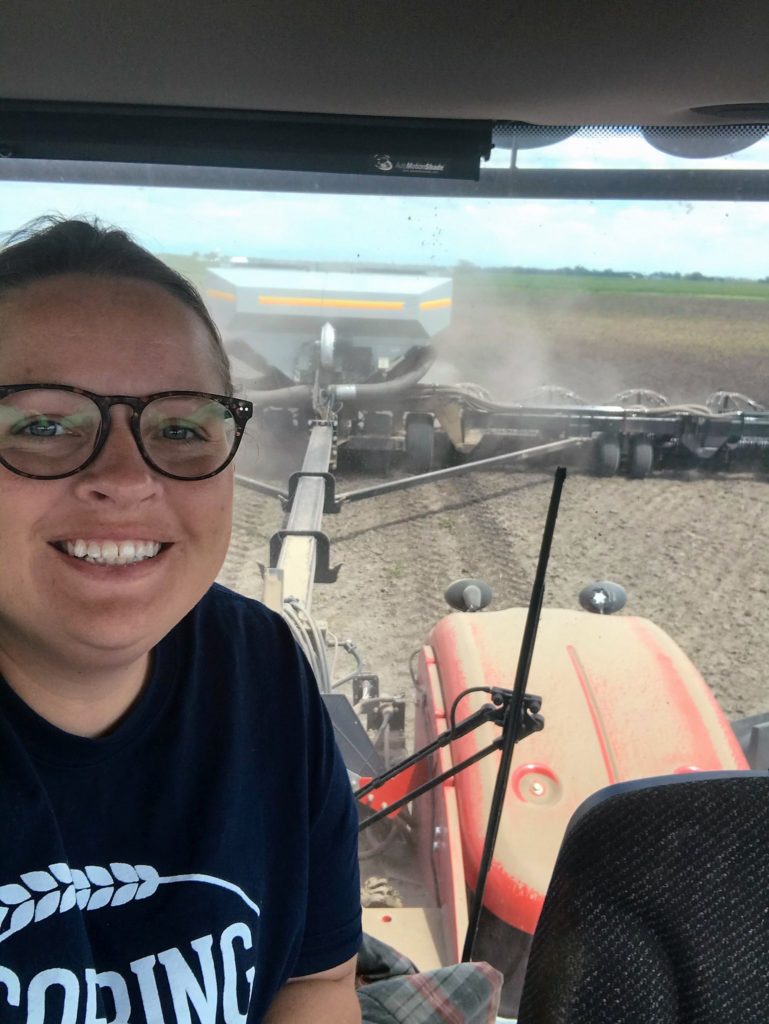
Jenny's role on the farm varies by the day. She does all the paperwork, drives the machinery, and helps with the meals and does whatever she can to make the operation run smoothly. Her parents still farm full time and most of her family lives around in this part of Kansas. Other than growing cereal grains they also raise some farm animals. In western Kansas, their operation is mainly organic dryland wheat production.
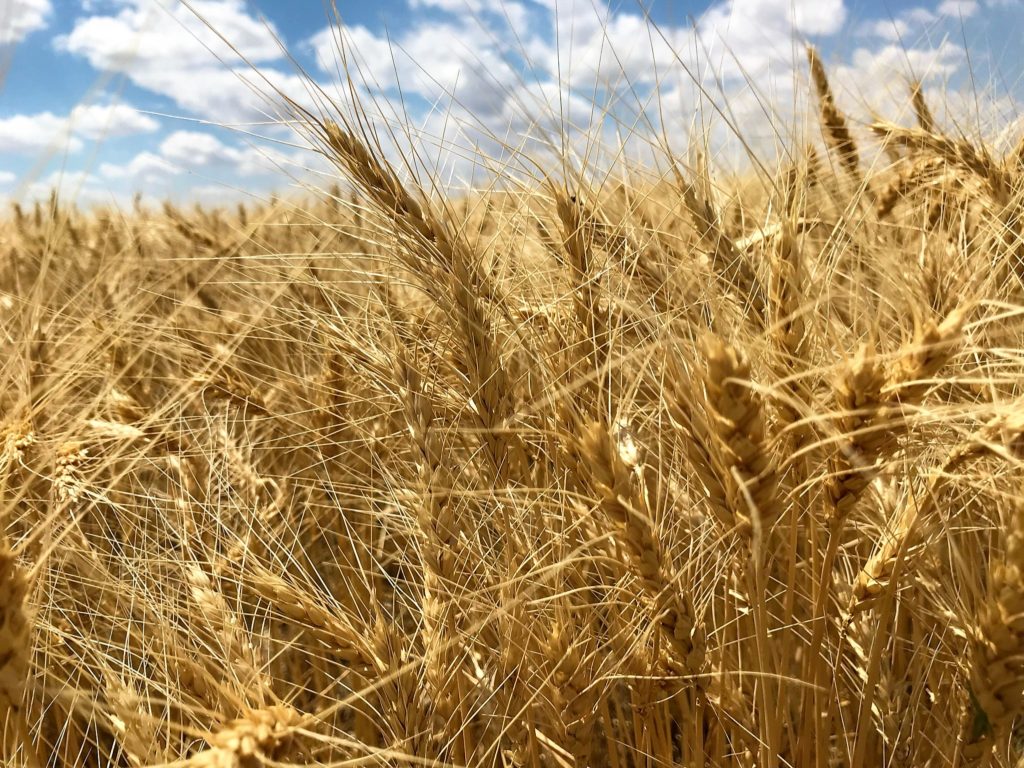
Jenny’s Why
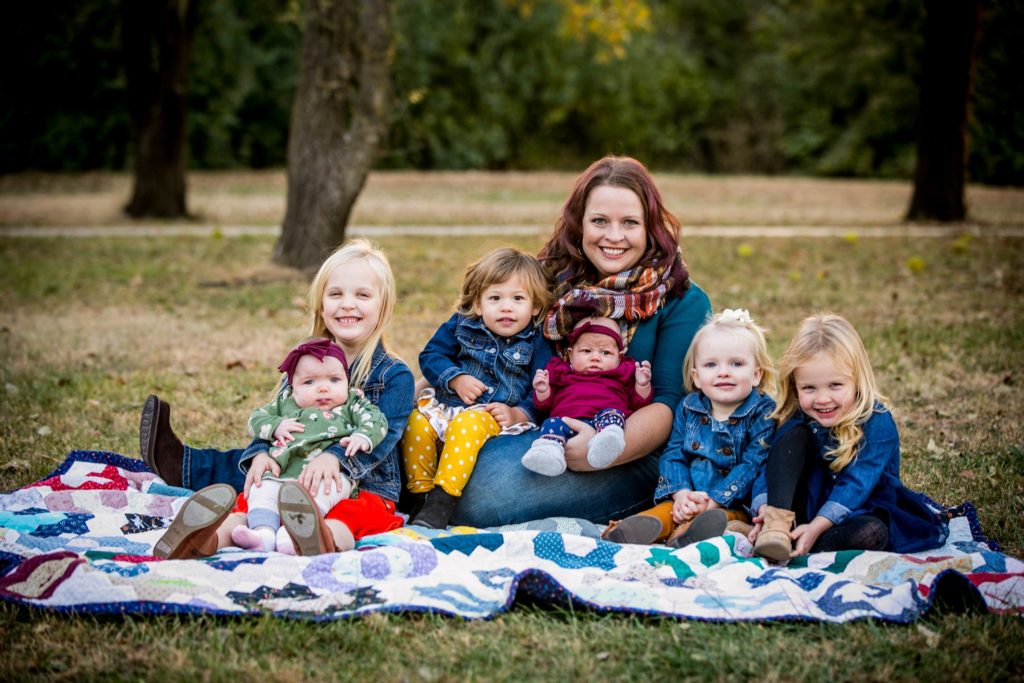
Jenny farms full-time in western Kansas along with her brother and his wife. When she is not busy at the farm she substitute teaches at a local elementary school. Jenny said that her 6 nieces (all 6 years and under) and a brand new nephew are her “why”. She says that “their wonder as they see the grain being harvested and realize that it will feed hungry people” is the reason she loves her job! The kids get excited about uses of soybean that they grow (for e.g. crayons!) and that the wheat harvested from the farm makes the whole wheat bread that they eat (hint: recipe below).

Jenny has about 60 chickens, 9 goats (and some baby goats), cattle, ducks, ducklings, guinea birds, cats and two dogs. Basically everything that you imagine on an “idyllic farm scene”. Her nieces love to go gather eggs with her and she also lets them name the baby goats. The connections that these kids are developing with nature as well as the farm lifestyle is truly a blessing. As a city girl who grew up on a research farm, I can truly appreciate that.
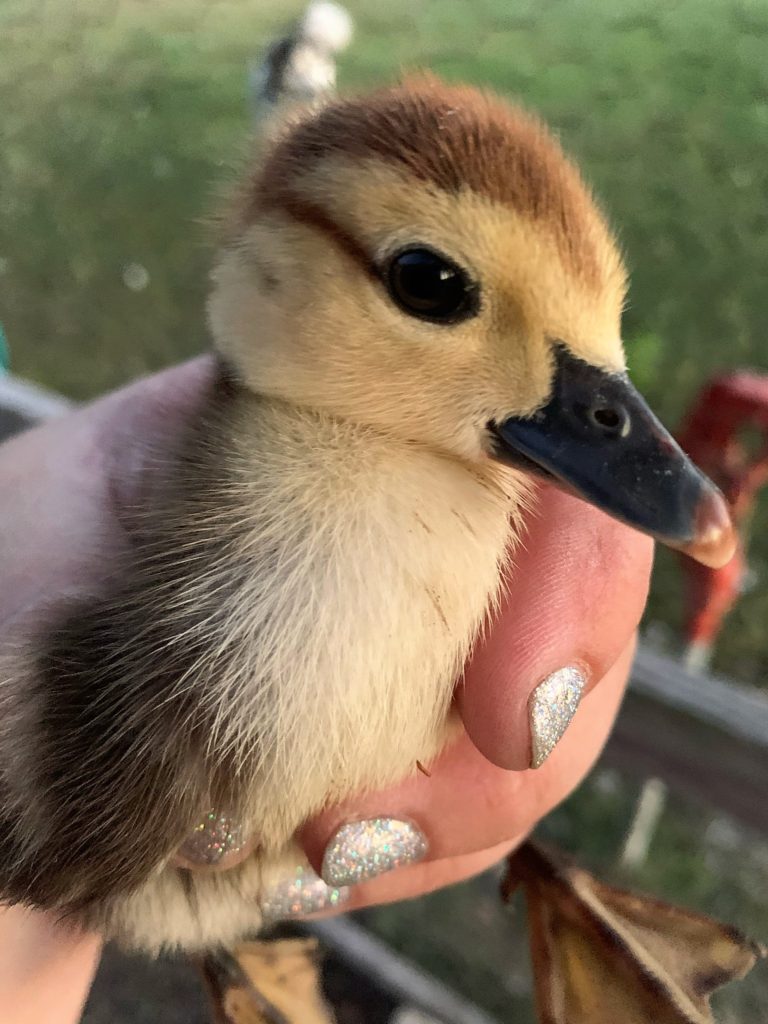
Conventional vs. Organic farming
Jenny’s family’s farm in western Kansas has been certified organic for about 15 years. Because of the limited rainfall in western Kansas, they rotate a year of fallow ground (no crop growing) with a crop of dryland (without irrigation) wheat or millet. Jenny said that for transitioning the land from conventional to organic farming the land has to be kept “clean” i.e. free of chemicals etc. for 3 years before getting certified.
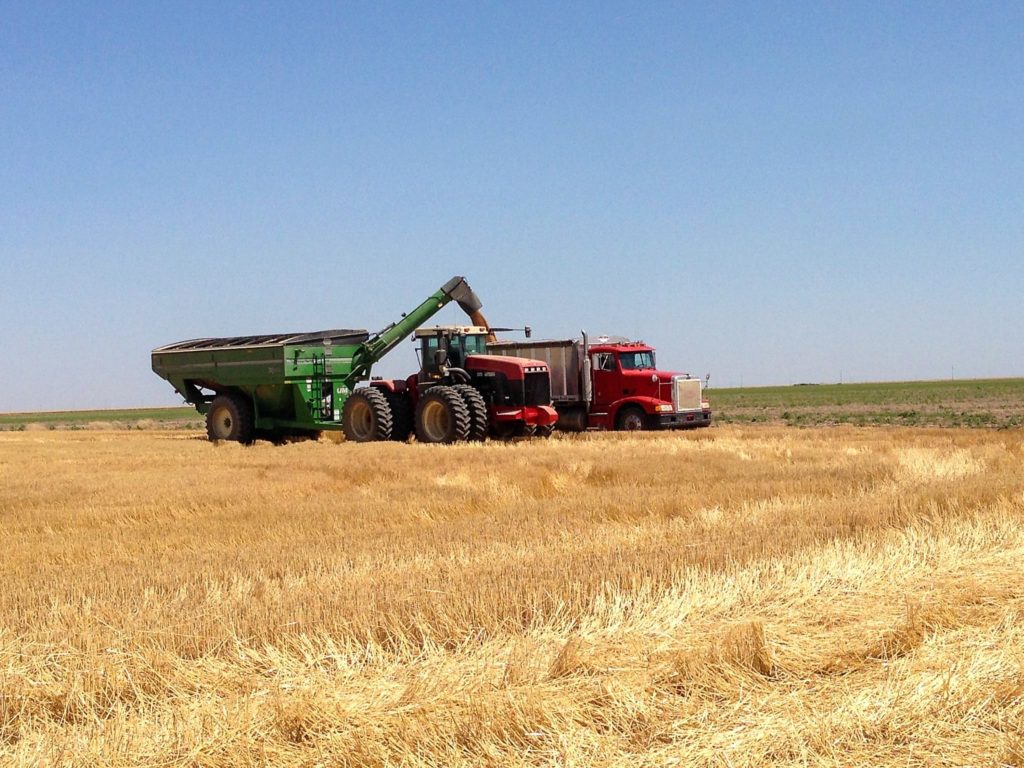
There is a lot of paperwork that goes into the certification process and she takes care of bookkeeping on the farm. They get audited once a year that involves a “traceback” which includes where the seed was bought, who grew it, what machinery harvested it, where it was stored etc. so tracing every bushel from planting to the finished product. Overall, the organic farm has been a profitable venture and their family is quite happy with it. Jenny and her family are very confident about eating and growing conventional food and consider organic wheat farming of a niche product and business decision.
A typical harvest day
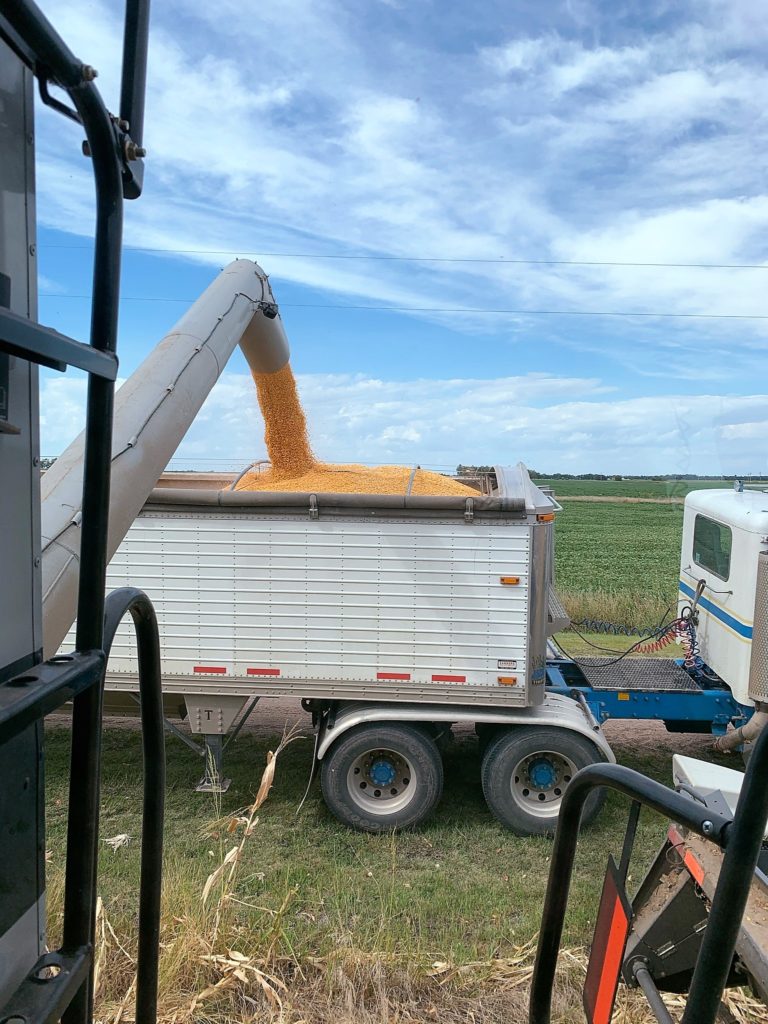
Harvests are the biggest time on their farm- especially wheat harvest! Jenny's sisters and brother-in-laws all take time off their full time jobs to help get the crop harvested. This year they were cooking 3 meals a day for up to 20 people during peak time that could be 18 hour days. They usually begin harvest mid - June and fire up the combines around noon. Everyone on the farm pitches in and helps in whichever way that they can. The meals vary from hot meals like chicken and rice with toss salad, veggies, fruit salad and bread or a quick meal of pizza and chips with carrots, a fruit and cookies or sandwiches. As you can imagine, it's all hands on deck with grocery shopping, cooking, delivering, doing dishes and then all over again. I have told Jenny that I cannot wait to come visit once this pandemic situation improves.
Kansas whole wheat bread
Jenny and her family cook a lot along with homemade bread, a staple at every meal. They make fresh bread everyday during harvest, for sandwiches or to serve with the meal. The Goerings grow their own wheat, mill it at a small mill they have on the farm to make fresh, homegrown whole wheat flour. They use this flour to make their Kansas Whole Wheat Bread, the recipe of which Jenny has very graciously shared with you all below.
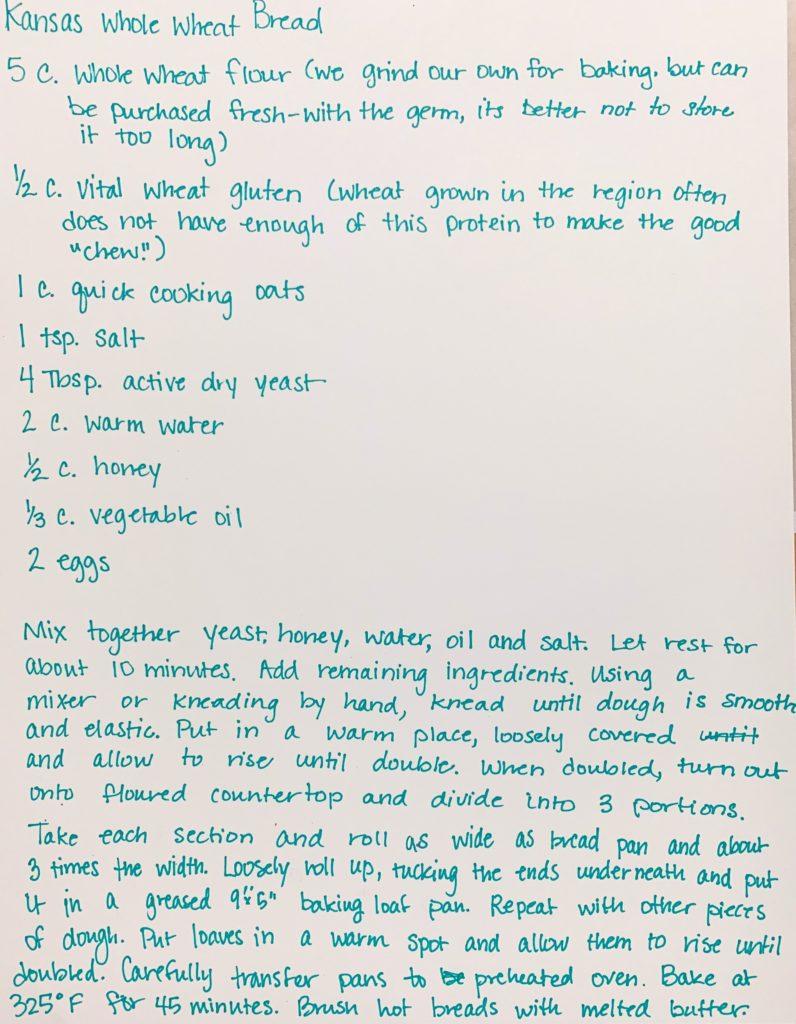
Here's your handy dandy printable:
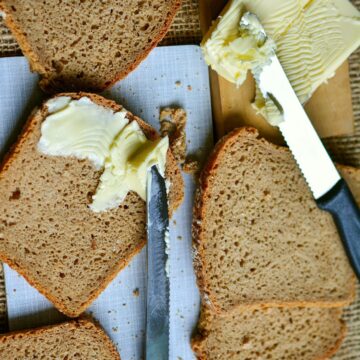
Kansas Whole Wheat Bread
Ingredients
- 5 cups Whole Wheat flour
- ½ cup Vital Wheat gluten adds a chew to the bread. If you cannot find this, add ½ cup more flour
- 1 cup Quick cooking oats
- 1 teaspoon Salt
- 4 tablespoon Active dry yeast
- 2 cups Warm water
- ½ cup Honey
- ⅓ cup Vegetable oil
Instructions
- In a glass measuring cup, whisk together yeast, honey, water, oil and salt. Let rest for about 10 minutes.
- Add rest of the ingredients to the bowl of a stand mixer or a deep mixing bowl. Add the wet ingredients to it. Knead until the dough is smooth and elastic. The time will depepnd on if you are kneading by hand or using a stand mixer. Make sure that the kneaded dough is not "tacky".
- Cover the bowl with a kitchen towel and put it in a warm spot to rise until doubled. It took me about 2 hours.
- Grease three loaf pans and set them aside.
- When doubled, turn the dough out onto a floured surface and divide into 3 portions.
- Take each portion and shape it roughly into a rectangle. using a rolling pin, roll out to the width of your loaf pan and length close to three times the width.
- Loosely roll up, tuck the ends underneath and put in your preapared loaf pan. Repeat with the other two portions.
- Put the loaf pans in a warm spot for a second rise and allow to rise until doubled, about an hour.
- Preheat the oven at 325 degrees F or 163 degrees C.
- Bake the loaves for 45 minutes. Brush the hot breads out of the oven with melted butter.
- Resist the urge to cut into a warm loaf. Good luck!!!
I hope you liked this virtual trip to a Kansas farm. If you make this Kansas Whole Wheat Bread, please leave a comment and/or give this recipe a rating! I love to hear from you guys. And if you do make this recipe, don’t forget to tag me on Instagram and Facebook! I love to look through your creations!!
Love – Vaishali
Disclosure: This post is sponsored by Kansas Soybean Board, Kansas Farm Bureau, and Kansas Pork Association but all thoughts and ideas expressed are my own.
This post may contain affiliate links.


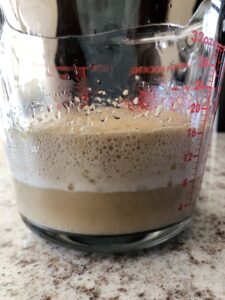
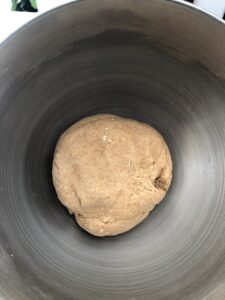
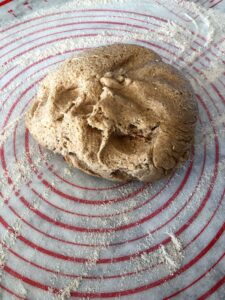

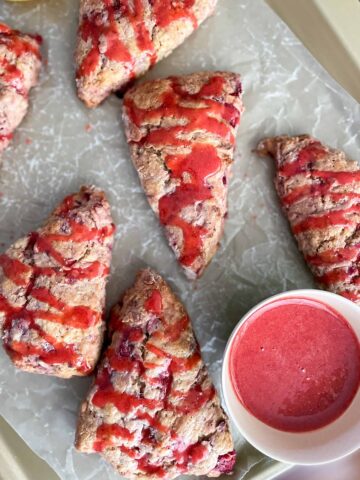
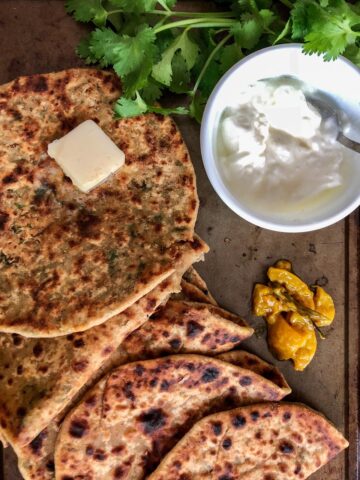
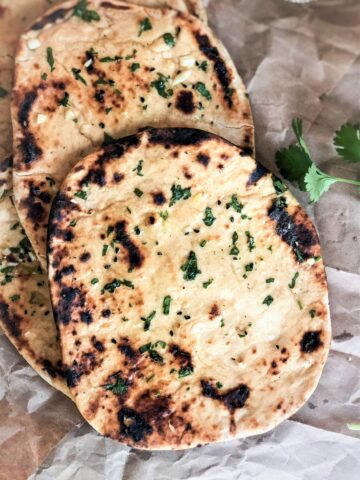
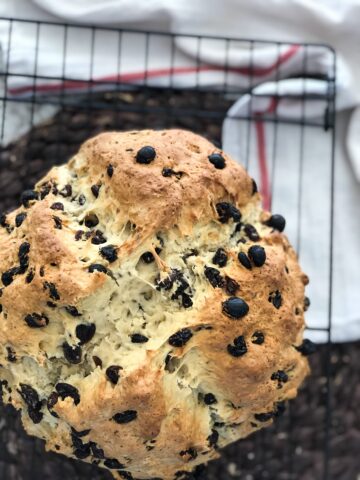
Leave a Reply